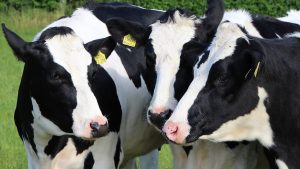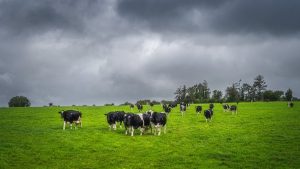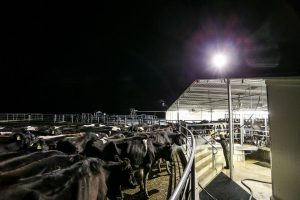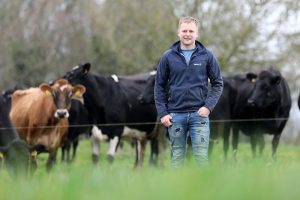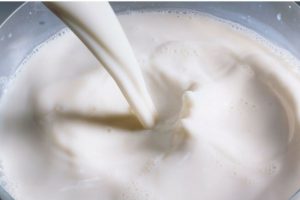
Last winter saw a lot of farmers in the country run tight or run out of silage reserves, and for those who fear of running short this winter, an alternative winter feed may be a solution.
The winter gone saw cattle being housed for a lot longer than expected which meant that silage ran tight on most farms in the country.
Moreover, as cows eventually got out to grazing, the cold and wet spring slowed down grass growth rates which meant a lot of cows were not intaking enough energy to enable peak milk supply.
Even when grass growth rates eventually took off, the quality of grass was below par due to the poor residuals, paddocks that couldn’t be grazed and poaching during the spring.
A fodder budget will have to be completed by farmers to determine what the fodder situation looks like before the winter months.
Another growing concern is the frequency of droughts during the summer months – last summer saw the dry weather stick around for too long which meant farmers ate into their surplus silage supplies to maintain production.
So, this begs the question, giving the reality of long winters, long housing periods, and eating into winter silage supply during droughts, is sowing a fodder crop an option to help combat winter reserve deficits?
Alternative winter feed – fodder crop
Depending on the farm situation, the sowing of a fodder crop could be an effective way of ensuring that fodder supplies are sufficient enough for the potentially long winter ahead.
Fodder crops can be a great way of incorporating a break crop into a reseeding programme, which would see these fields being grazed during the winter months and then providing an ideal seed bed for a spring reseed.
Alternatives such as kale, rape or hybrid brassicas can provide cost effective winter feed while increasing average daily gain (ADG) over the winter and help where winter housing is possibly an issue.
Before sowing a fodder crop, there a number of factors to consider, such as:
- The suitability of your land to grow and graze forage crops;
- When you plan on grazing the crop;
- Land availability for the cultivation and sowing of the crop;
- The number and type of stock that you plan on grazing the crop.
Soil pH should be between 6.0 and 6.5 for optimum growth, and the field should be flat, if possible.
The fodder crop will be the majority of the animals’ diet, however, they will still require a bit of roughage in the form of hay, straw or silage to make up about 30% of the diet.
In this scenario, bales should be placed in the field around the crop and access should be given to a fresh bale regularly.
Animals that are in good condition and have no underlying health issues should be the ones selected for grazing as the weather can be harsh and only the fittest animals should be outwintered.
If a fodder crop is something that you are considering for the coming winter, seeking advice to determine what crop is best suited for your land and which animals should be used to graze it should be a priority.
You can now read the most important #news on #eDairyNews #Whatsapp channels!!!
🇺🇸 eDairy News INGLÊS: https://whatsapp.com/channel/0029VaKsjzGDTkJyIN6hcP1K








